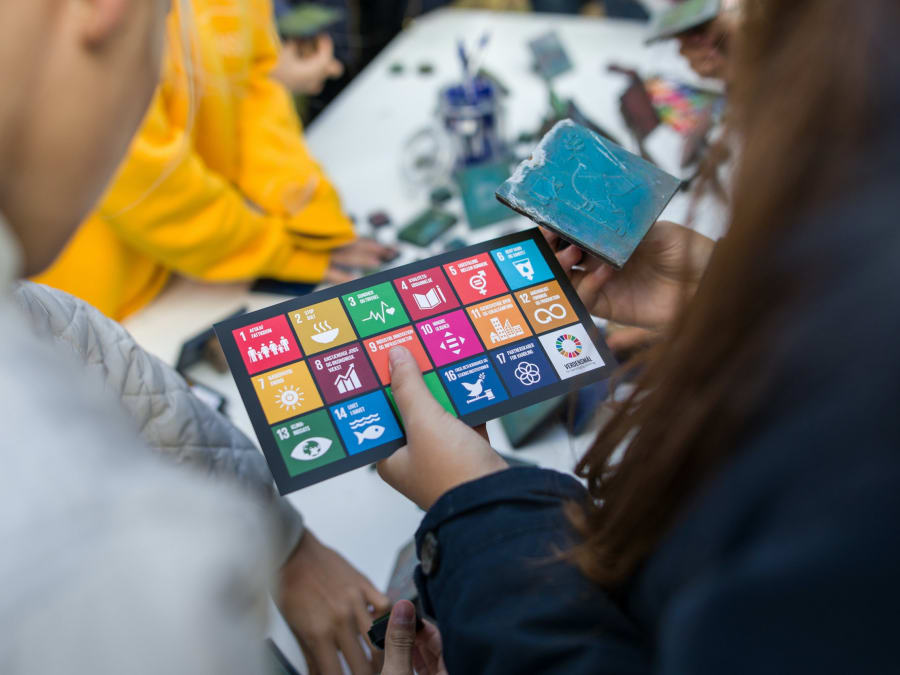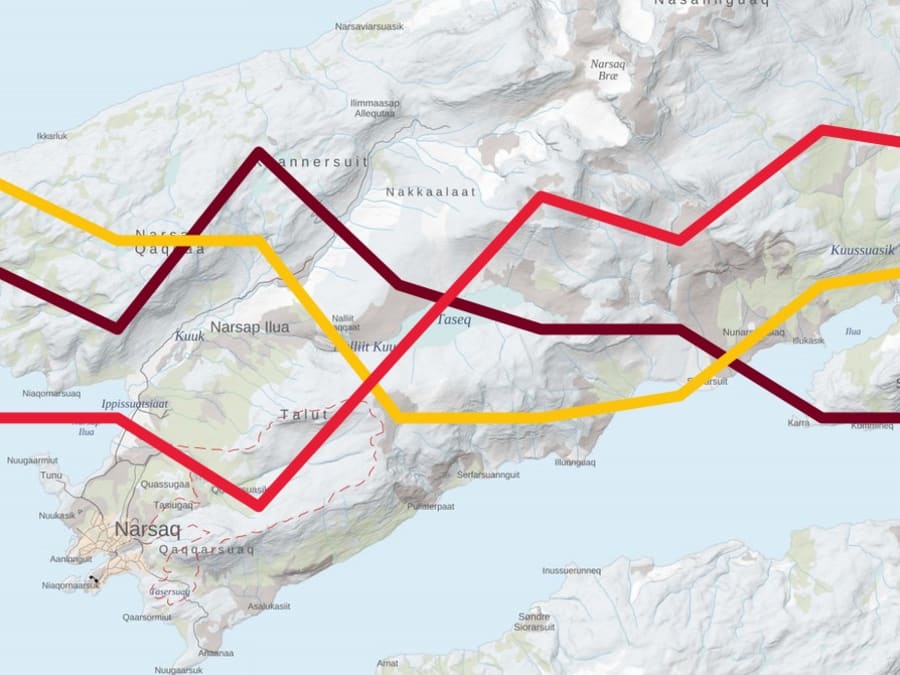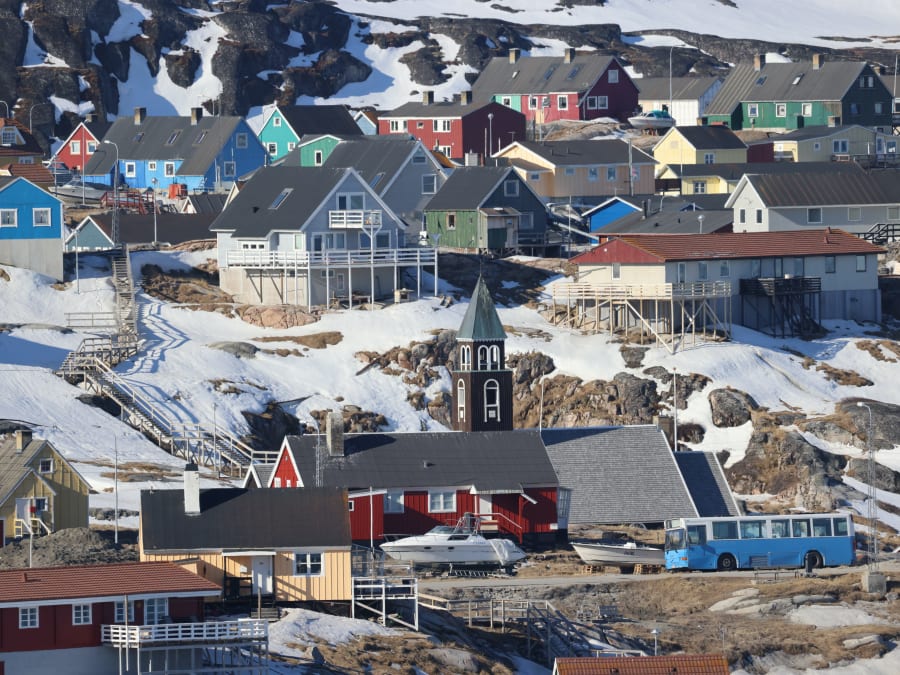
SDG 2030 ensures local involvement in Tasiilaq
“We work together in Tasiilaq” - an SDG-2030 based co-creative program to support the development of good living conditions and sustainable lives, for children and young people…
Here are a few indicators for this goal that it is possible to measure today. In the near future, Statistics Greenland will publish an SDG 2030 subpage for stat.gl with various available statistics relevant to the work on the SDG 2030 agenda.
Volume of goods by shipping way (1,000 Cubic metre)
Source: Grønlands Statistik
Global indicator (9.1.2) Passenger and freight volumes, by mode of transport
Employment in industry (Compensation of industry employees as proportion of total employment)
Source: Grønlands Statistik
Global indicator (9.2.2) Manufacturing employment as a proportion of total employment
Every day, people are taking action to make sure this Global Goals is met. See what’s been going on below.

“We work together in Tasiilaq” - an SDG-2030 based co-creative program to support the development of good living conditions and sustainable lives, for children and young people…

The SDG 2030 agenda forms the inspiration and method basis for a systematic review of the Planning Act for use in a forthcoming revision and modernization of the Planning and…

During the 4th to 8th October, the annual environmental days were held in Ilulissat. Future waste management was at the top of the agenda. However, according to Jakob Kofod, who…
Everyone can help to make sure that we meet the Global Goals. Use these eight targets to create action to build resilient infrastructure, promote inclusive and sustainable industrialization and foster innovation.
Develop quality, reliable, sustainable and resilient infrastructure, including regional and transborder infrastructure, to support economic development and human well-being, with a focus on affordable and equitable access for all.
Promote inclusive and sustainable industrialization and, by 2030, significantly raise industry’s share of employment and gross domestic product, in line with national circumstances, and double its share in least developed countries.
Increase the access of small-scale industrial and other enterprises, in particular in developing countries, to financial services, including affordable credit, and their integration into value chains and markets.
By 2030, upgrade infrastructure and retrofit industries to make them sustainable, with increased resource-use efficiency and greater adoption of clean and environmentally sound technologies and industrial processes, with all countries taking action in accordance with their respective capabilities.
Enhance scientific research, upgrade the technological capabilities of industrial sectors in all countries, in particular developing countries, including, by 2030, encouraging innovation and substantially increasing the number of research and development workers per 1 million people and public and private research and development spending.
Facilitate sustainable and resilient infrastructure development in developing countries through enhanced financial, technological and technical support to African countries, least developed countries, landlocked developing countries and small island developing States.
Support domestic technology development, research and innovation in developing countries, including by ensuring a conducive policy environment for, inter alia, industrial diversification and value addition to commodities.
Significantly increase access to information and communications technology and strive to provide universal and affordable access to the Internet in least developed countries by 2020.